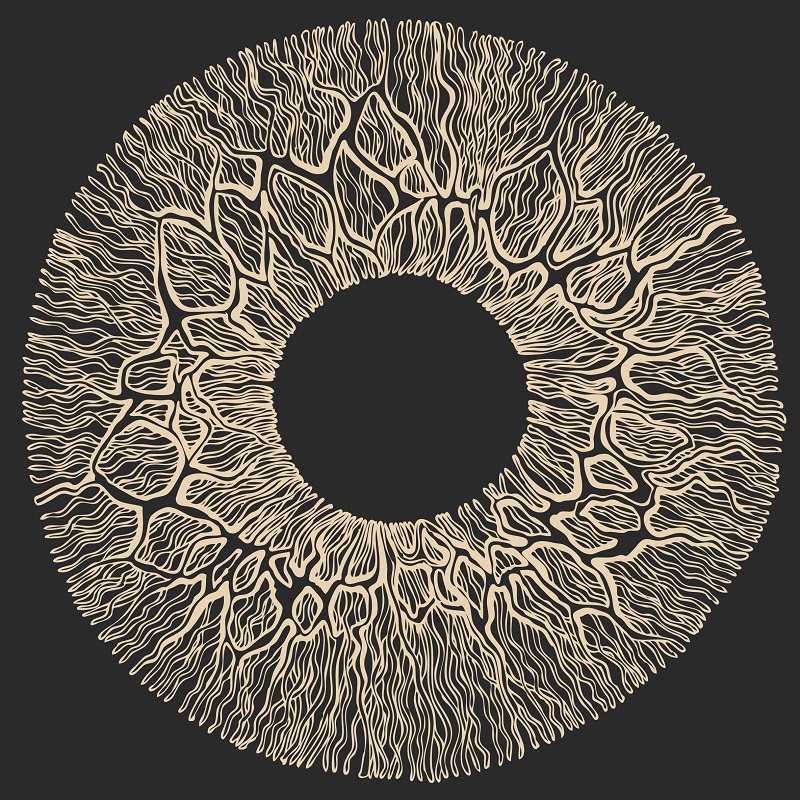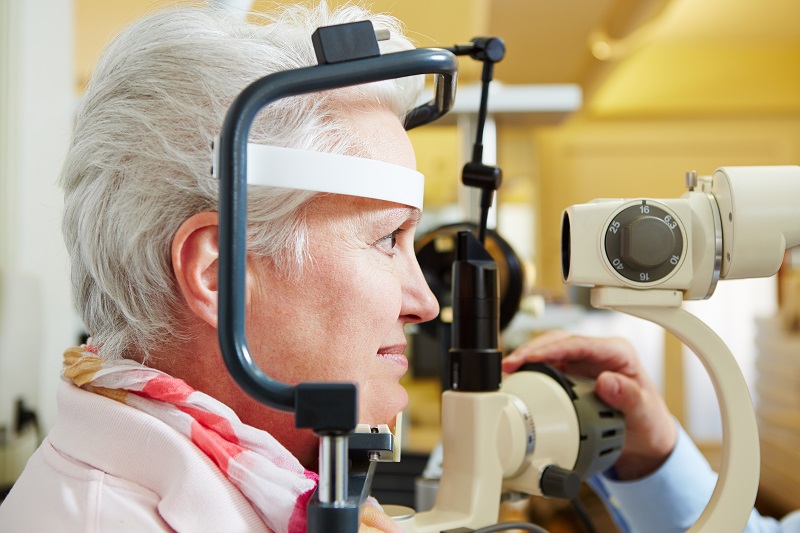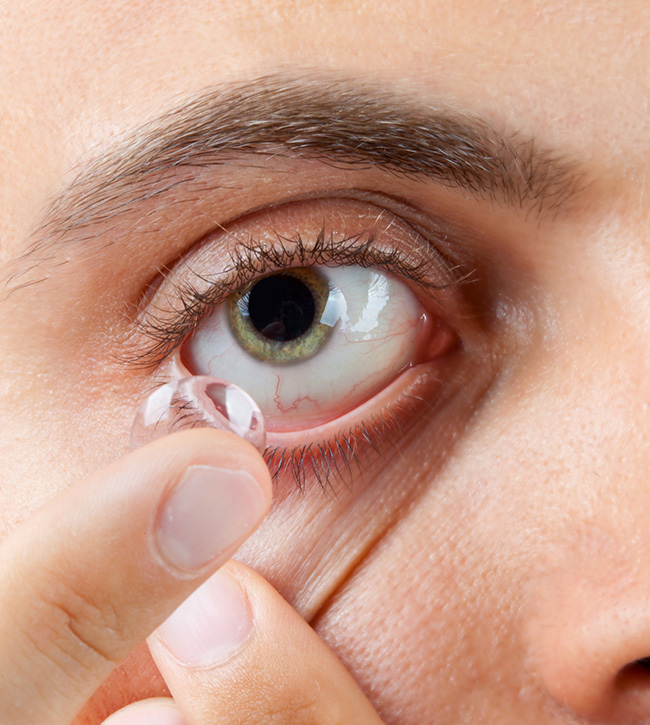
The ocular surface includes the cornea, conjunctiva, and upper and lower eyelids. This area is always moistened with tears. Each time you blink, it is bathed in liquid. This helps protect the inside of the eye from microorganisms. It also helps maintain clear vision. Sometimes, this area can become damaged and requires surgery to repair.
What Is Ocular Surface Disease?
Ocular surface disease can bring on the need for reconstruction. The term refers to disorders that affect the surface of the cornea. They can come with a number of symptoms including pain, discomfort, blurry vision, redness, and itching. Severe cases may involve corneal scarring which can lead to blindness.
There are two main categories of ocular surface disease. They are identified as those with:
- A conjunctivalized cornea with viable tear film and wet ocular surface
- A dry ocular surface that is keratinized
The first category may be treated with ocular surface reconstruction. The second may require replacing the cornea with an artificial one, a procedure that is also known as keratoprosthesis. You should speak to an ophthalmologist to find out what is causing your symptoms and the best course of action to take.
Do I Need Ocular Surface Reconstruction?
The methods used in ocular surface reconstruction are improving. If you notice changes in your vision, you should seek out the advice of an expert. An ophthalmologist can evaluate your eyes and determine whether or not you need ocular surface reconstruction. Schedule an examination at Grosinger, Spigelman & Grey Michigan’s Leading Eye Care Physicians today to learn more about your condition and effective treatment options.
#GrosingerSpigelmanGrey #EyeMichigan #MichigansLeadingEyeCarePhysicians #OcularSurfaceReconstruction #OcularSufaceDisease


